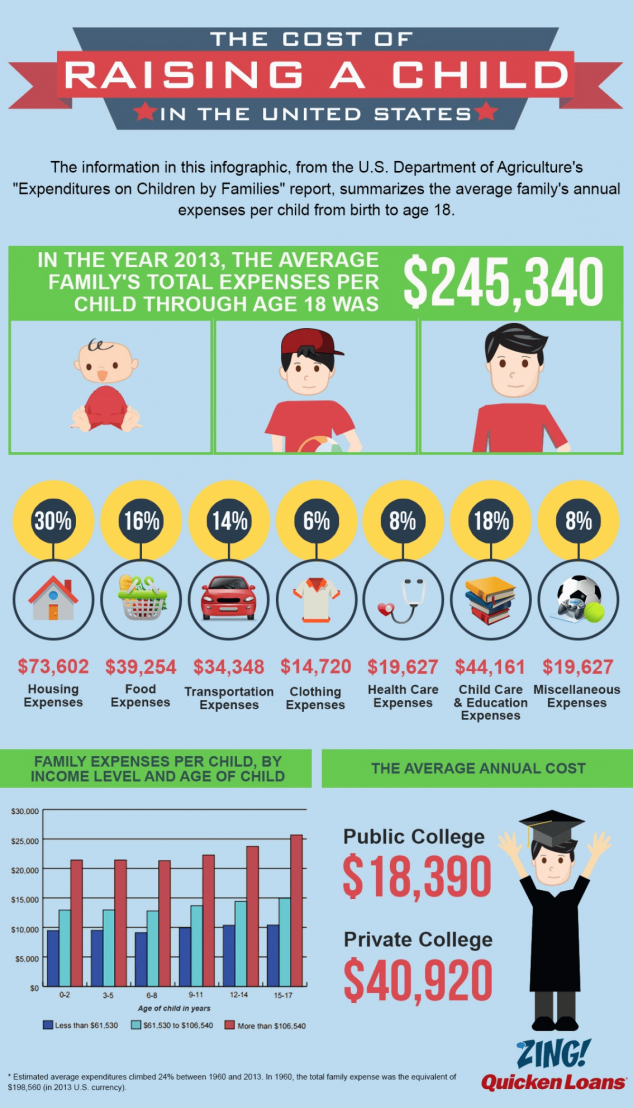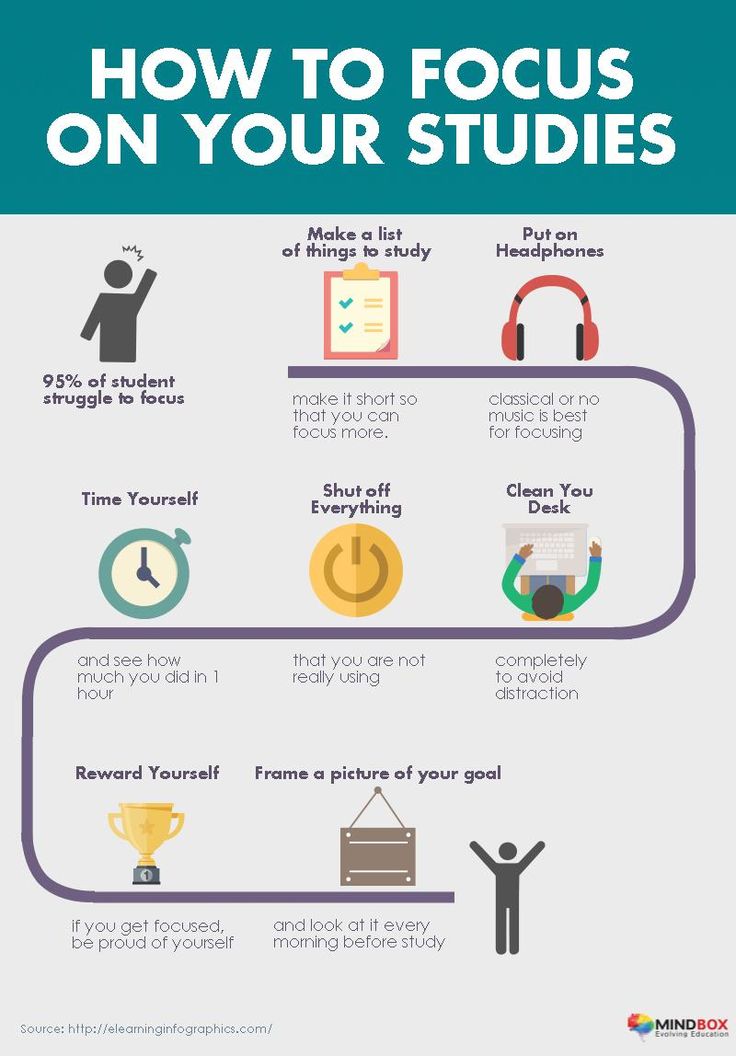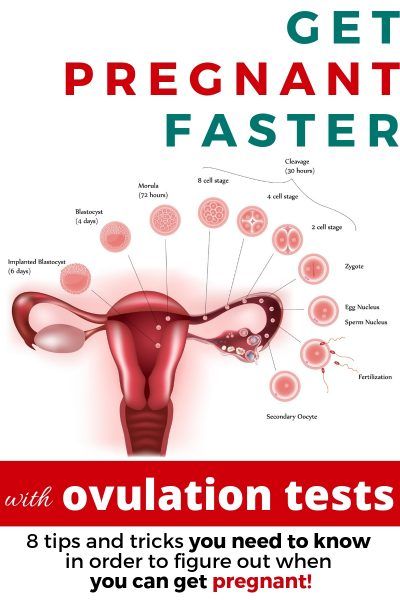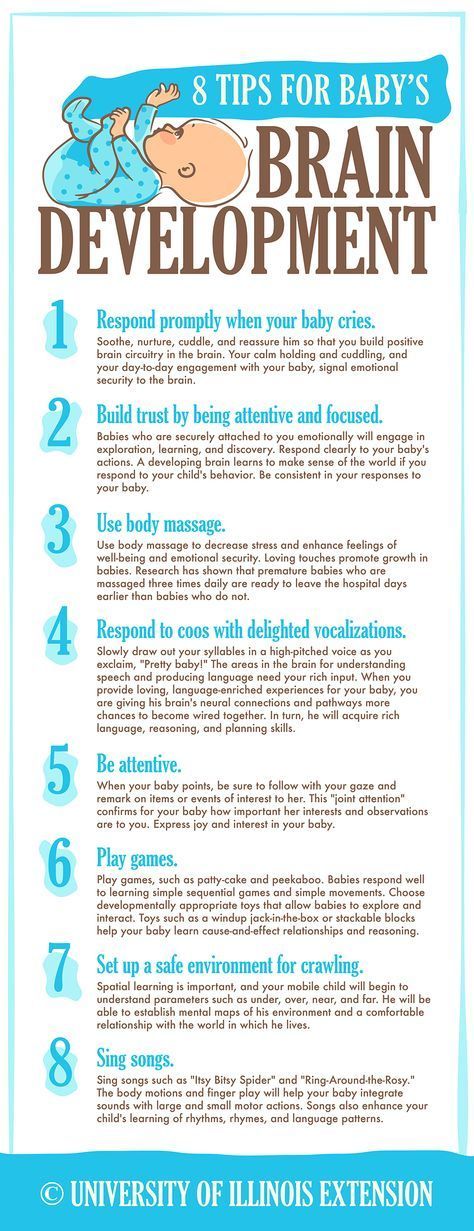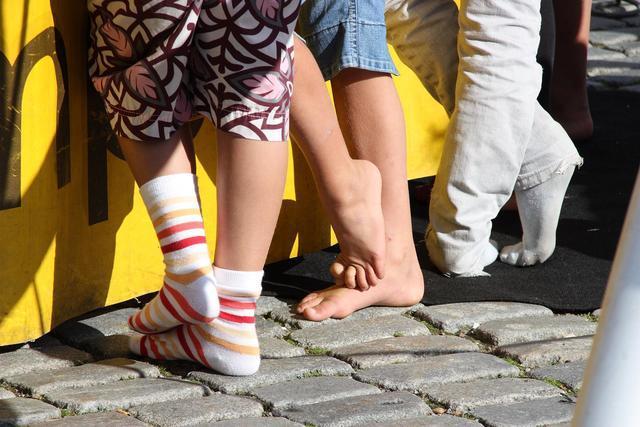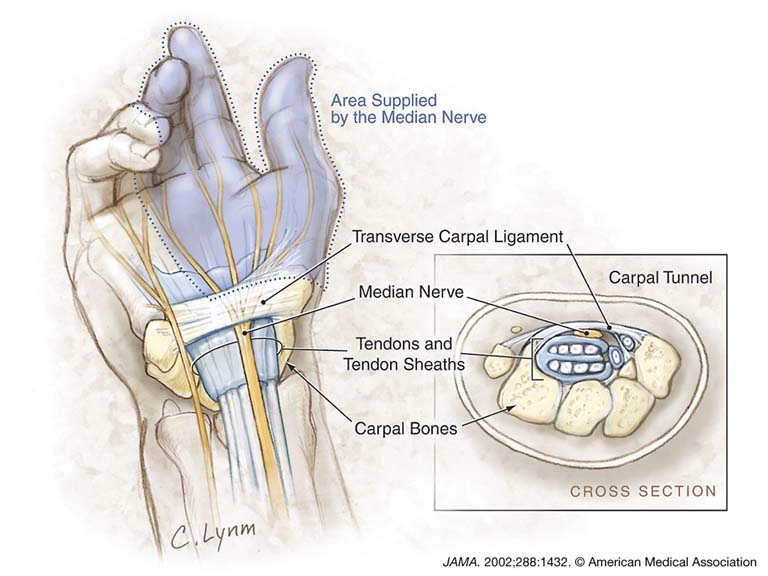How much do you get on welfare per child
Welfare Examples
Shown below are welfare examples of three families. Each of the families represents a married couple with two children. The only difference in the families is their outside income from wages. One family makes zero wages yearly, one makes $15,000 a year, and one makes $35,000 a year. The poverty threshold for a family of four in 2021 is $26,496. Therefore, Families 1 and 2 are “in poverty.” This page shows what each family would get in benefits from the top three welfare programs, EITC, SNAP, and Housing Assistance.
Conclusions from the Welfare Examples
Three conclusions stem from the welfare examples:
- The poorest families don’t always get the most benefits. As shown below, the family making $15,000 per year gets slightly higher benefits than the family with no income. Therefore, the focus of the welfare system is unsatisfactory.
- The welfare system can boost moderate-income families well above the poverty threshold. As shown below, it raised the family making $15,000 to an income level including benefits of over $35,000 annually.
- The welfare system discourages work for families and individuals with modest income levels. The loss in benefits can override the gain from additional wages. See the comparison of the family making $15,000 versus the family making $35,000 below. See also the work penalty on the Welfare Issues Page.
The data
The following table presents the welfare payments the three families would receive from the three most extensive welfare programs – EITC, SNAP, and Housing Assistance.
The Analysis
Family 1, with zero income from wages, would receive benefits from SNAP, EITC, and Housing Assistance totaling $22,020. Family 2, with $15,000 in income from wages, would receive benefits of $22,648, slightly higher than Family 1 due to the impact of EITC. Income plus benefits for Family 2 totals $37,648, well above the poverty threshold of $26,496. Family 1 is still $4,476 below the poverty threshold even after welfare benefits, while Family 2 comes out to $11,152 above the poverty threshold.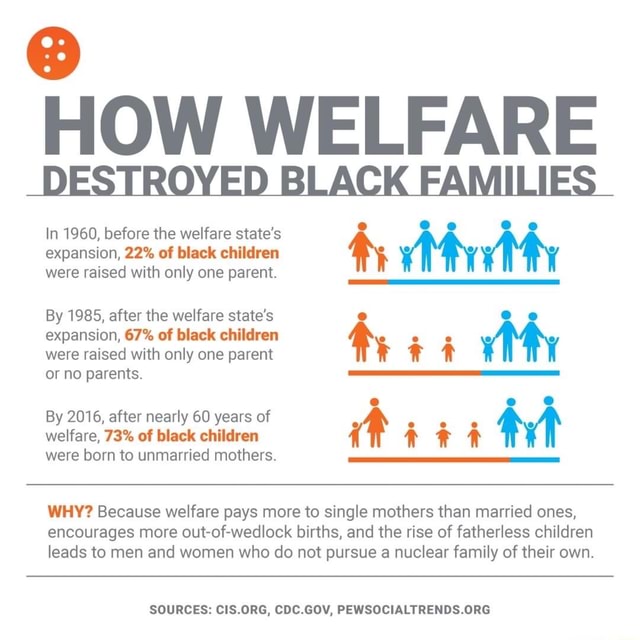
Family 3 has an income of $35,000 which is $20,000 higher than family 2. But they lose $16,460 in benefits because they don’t qualify for Housing Assistance, and SNAP and EITC are much lower. They come to $41,188 in income plus benefits, but this is only $3,540 higher than family 2, even though they make $20,000 more in wages. Analyzed another way, if a spouse in Family 2 can go to work and earn $20,000 a year, they would only come out $3,540 ahead, or the equivalent of $1.70 an hour [iv]. After payroll tax, the gain is even less. The family could also lose other benefits such as Child Nutrition, Head Start, LIHEAP, Lifeline, and state-level welfare. The dramatic loss in benefits is a disincentive to work.
Work Penalty
The welfare examples above show the poor economics resulting from low-income families obtaining additional wages. Their benefits drop significantly as income rises modestly. These “benefit cliffs” can be very dramatic. It is simply not worth it for an individual to go to work full-time for a marginal increase in income. Therefore, the welfare system does not “make work pay.”
Therefore, the welfare system does not “make work pay.”
Marriage Penalty
The welfare examples above demonstrate why our welfare system discourages marriage. If a single parent marries an individual with a job and it takes the couple to a level of income above the poverty threshold, they will lose most of the welfare benefits. By remaining single, they can come out ahead economically. Many critics argue that this contributes to the high incidence of unmarried mothers on welfare.
Footnotes
[i] Calculated using the State of Illinois SNAP screening tool [Internet]. Data retrieved May 5, 2022. Data for a family living in Illinois, wages as stated above, a married couple with two dependent children, $1,000 in monthly rent, and no assets and no other sources of income or expense. Available here.
[ii] Calculated using the IRS EITC Assistant for the tax year 2021 [Internet]. Data retrieved May 5, 2022. Data for a married couple filing a joint return with two dependent children, wages as stated above, and no other items of income, expenses, or assets. Available here.
Available here.
[iii] Assumed Families 1 and 2 qualified for Rent Voucher, and Family 3 did not. The Voucher equaled a rental expense of $1,000 per month, less 30% of the family’s income from wages. The rent expense of $1,000 per month approximates the average HUD rent expense for a family of four in the U.S. (see Housing Assistance Program).
[iv] Assumes the spouse worked a standard work year of 2,080 hours to earn $20,000 in wages for the year.
TANF Cash Help | Texas Health and Human Services
TANF provides cash payments to help families pay for food, clothing, housing and other essentials.
TANF For Families
What it offers
Monthly cash payments to help pay for:
- Food
- Clothing
- Housing
- Utilities
- Furniture
- Transportation
- Phone
- Laundry
- Supplies for the home
- Medical supplies not paid for by Medicaid
- Other basic needs
Who is it for?
Families with children age 18 and younger. Families who can get this help have little to no money or don’t have a way to get money. A family can be: (1) parents and their children, or (2) relatives caring for related children.
Families who can get this help have little to no money or don’t have a way to get money. A family can be: (1) parents and their children, or (2) relatives caring for related children.
To see if a family can get TANF, we must look at:
- The amount of money the family has.
- The value of things the family is paying for or owns.
- The amount the family pays for child care and child support.
Maximum monthly income limits
The following chart gives a general idea of the amount of money (income) a person or family can get and still be in this program. Some people might be able to get benefits even if their income is higher than what is listed in this chart.
| Family size | Child-only cases | Home with 1 parent or 1 caretaker | Home with 2 parents or 2 caretakers |
|---|---|---|---|
| 1 | $64 | $78 | -------- |
| 2 | $92 | $163 | $125 |
| 3 | $130 | $188 | $206 |
| 4 | $154 | $226 | $231 |
| 5 | $198 | $251 | $268 |
Are you a grandparent or an adult caring for a related child? The child you care for might be able to get TANF even if your income is higher than what is listed in this chart.
Other facts
If a child’s parent or relative gets TANF, the parent or relative must agree to:
- Train for a job or look for work.
- Follow child support rules.
- Not quit a job.
- Not abuse alcohol or drugs.
- Take parenting skills classes.
- Get vaccines for their child.
- Make sure their child is going to school.
- If you get TANF, we will tell you how you can get help following program rules.
Maximum monthly TANF amount
| Family size | Child-only cases | Home with 1 parent or 1 caretaker | Home with 2 parents or 2 caretakers |
|---|---|---|---|
| 1 | $112 | $136 | -------- |
| 2 | $161 | $283 | $216 |
| 3 | $226 | $327 | $358 |
| 4 | $269 | $393 | $402 |
| 5 | $345 | $436 | $466 |
One-time TANF
What it offers
Money to families in crisis so they can pay for:
- Food
- Clothing
- Housing
- Utilities
- Furniture
- Transportation
- Phone
- Laundry
- Supplies for the home
- Medical supplies not paid for by Medicaid
- Other basic needs
This help can be given to a family only once a year.
Who is it for?
Families in crisis who:
- Have children age 18 and younger.
- Don’t have a lot of money or have a way to get more money.
Crises include losing a job, losing a home or a medical emergency.
One-time TANF For Relatives
What it offers
A once in a lifetime payment of $1,000 to certain relatives caring for one or more related children. This help can be given to the relative only one time — no matter how many other related children live in the home or if other children move in. For more information, read the Help Raising Children Related to You brochure (PDF).
Help Raising Children Related to You brochure – Spanish (PDF).
The payment can be used for:
- Food
- Clothing
- Housing
- Utilities
- Furniture
- Transportation
- Phone
- Laundry
- Supplies for the home
- Medical supplies not paid for by Medicaid
- Other basic needs
Who is it for?
Grandparents, aunts, uncles, sisters and brothers (this includes great-grandparents, great-aunts and great-uncles) who:
- Care for a child who gets TANF.

- Are 25 or older.
- Do not have a lot of money or have a way to get more money.
Maximum monthly income limits
The following chart gives a general idea of the amount of money (income) a relative can get and still get the payment. Relatives might be able to get the payment even if their income is higher than what is listed in this chart.
If a relative isn't able to get the One-Time TANF for Relatives payment, the child they care for still might be able to get monthly TANF.
| Family size | Monthly income limit |
|---|---|
| 1 | $2,265 |
| 2 | $3,052 |
| 3 | $3,839 |
| 4 | $4,625 |
| 5 | $5,412 |
Learn More
- Apply for benefits at YourTexasBenefits.
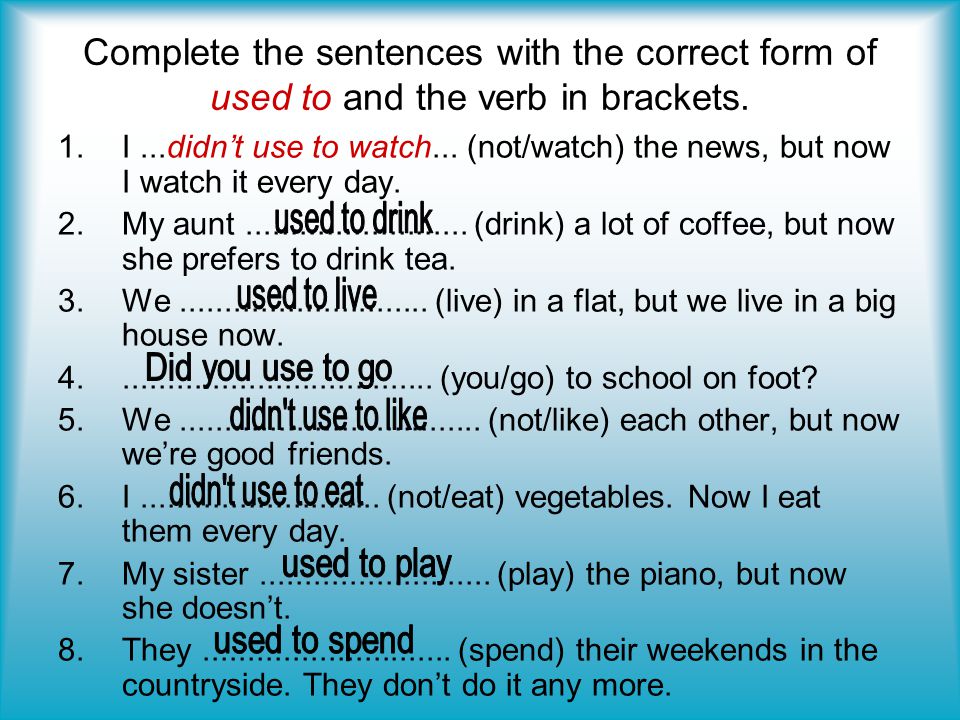 com
com
Page not found — State government institution “Regional Center for Social Protection of the Population” of Zabaykalsky Krai
404
Page not found
This page does not exist
Ask a question
×
Make an appointment
Full name
e-mail (required)
Phone (required)
Direction of application
issuance of a certificate of recognition of a family as poor issuance of a certificate of recognition of a family with many children EDV in large families EDV from 3 to 7 years one-time payment for the FIRST child monthly monetary compensation for major repairs to citizens aged 70 and 80 years monthly monetary compensation for housing and communal services (benefits) monthly allowance for the FIRST child under 418 FZZhKU for families with many children other measures of social support (explain in the 'Message' field) provision of state social assistance registration of documents for conferring the title of 'Veteran of Labour' allowance for a large family for children from 0 to 3 years old allowance for a child regional maternity capital subsidy for housing and communal services 9Ol000 )
- I give my consent to the processing of personal data
- I give my consent to receive a response to the specified e-mail.
 mail
mail
The procedure for receiving and considering applications is carried out in accordance with the Federal Law of the Russian Federation “On the procedure for considering applications from citizens of the Russian Federation No. 59-FZ of May 2, 2006.
In your appeal, you must indicate your last name, first name, patronymic (the last one, if available), e-mail, to which the answer should be sent, notification of the redirection of the appeal.
If the written request does not indicate the name of the citizen who sent the request and the e-mail to which the response should be sent, the response to the request is not given. nine0045 A written appeal is subject to mandatory registration within three days from the date of receipt by a state body, local government body or official.
A written appeal received by a state body, a local government body or an official in accordance with their competence is considered within 30 days from the date of registration of the written appeal.
In exceptional cases, the head of a state body or local self-government body, an official or an authorized person has the right to extend the period for considering an application by no more than 30 days, notifying the citizen who sent the application about the extension of the period for considering it. nine0007
×
90,000 The new universal allowance will be paid for children from birth to 17 years of age. To whom and how will they count? Illustration: Vera Revina /“Clerk”+6 months Clerk.Premium for free! In the educational service Clerk.Premium for a year and a half you will receive: ✔︎ mini-courses every day; ✔︎ 450+ webinars and 40+ online courses; ✔︎ expert advice without restrictions; ✔︎ Exclusive article-analysis. Only in December we give +6 months Clerk.Premium as a gift - take and use the best. Pick up a gift nine0045
The bill passed the first reading in the State Duma.
Another draft law amends the laws on child benefits and materiel. From 2023, old benefits will not be assigned. But those who already receive them can choose to continue receiving the old benefit or switch to the new one.
One instead of five
The universal allowance will replace the following allowances:
- for pregnant;
- for caring for a child up to 1.5 years old; nine0041
- for a child under 3 years old;
- for a child from 3 to 7 years old;
- for a child from 8 to 17 years old.
And for all these benefits now different rules. For example, the allowance for a child under 3 years old is paid for the first child from the budget, and for the second - from the mother's capital, and the third child is not paid everywhere (such a payment is regional).
The universal allowance will be paid for all children, regardless of the order of birth , that is, for the first, and for the second, and for the third, etc.

Conditions and size
The universal allowance will be paid if the income of the family is below 1 regional subsistence level per person.
At the same time, the availability of property, income from deposits will be taken into account. There will also be a so-called zero income rule. That is, benefits will be paid only to those who have income, but it is small. Those who simply do not work without a good reason will not receive benefits. nine0007
This zero income rule still exists today.
The Ministry of Labor explained that income must be in at least one month out of 12. That is, it is not necessary that all 12 months be with income.
The billing period for Universal Benefit is 12 months preceding the 1 month of prior to the month of application.
Look in our table for which period the income will be taken into account.
| Application Month | Billing period |
| January 2023 | December 2021 - November 2022 |
| February 2023 | January 2022 - December 2022 |
| March 2023 | February 2022 - January 2023 |
| April 2023 | March 2022 - February 2023 |
| May 2023 | April 2022 - March 2023 |
| June 2023 | May 2022 - April 2023 |
| July 2023 | June 2022 - May 2023 |
| August 2023 | July 2022 - June 2023 |
| September 2023 | August 2022 - July 2023 |
| October 2023 | September 2022 - August 2023 |
| November 2023 | October 2022 - September 2023 |
| December 2023 | November 2022 - October 2023 |
Benefit - 50%, 75% or 100% of the subsistence minimum.

First, 50% is assigned, income is calculated taking into account benefits. If it is still below the subsistence minimum, then they pay 75%. If even with such an allowance, the family income is still below the MP, then a benefit of 100% of the MP is assigned.
Benefit for caring for a child up to 1.5 years old
Working parents will continue to receive child care allowance up to 1.5 years. It does not convert to universal. nine0007
It will still need to be issued through the employer.
But for non-working parents , this allowance will be included in the universal.
But only the poor will pay it. Now there is no such condition.
If the child was born before December 31, 2022 , then you can receive the allowance for non-working parents until the child reaches 1.5 years. That is, for children born before 12/31/2022 there will be an opportunity to choose a benefit (according to the old rules or according to the new ones), and for children born from 01/01/2023 there will be only a universal benefit.
nine0007
Recall that now the PFR pays benefits up to 1.5 years to non-working parents. Previously paid by Social Security.
Benefit for children up to 3 years
As part of the universal allowance, this allowance will be paid for all children, regardless of the order of birth.
In addition, now the allowance is paid for the second child from the mother's capital. This payment will remain together with the universal allowance. It will be possible to receive it not only for the second child, but also for the first, third, etc.
That is, it will be possible to receive simultaneously 2 payments - and universal allowance , and allowance for a child up to 3 years from maternity capital .
The condition for payment from maternity capital is the family income is not higher than 2 RM per person.
Benefit for pregnant women
Now pregnant women receive 50% of the subsistence minimum.